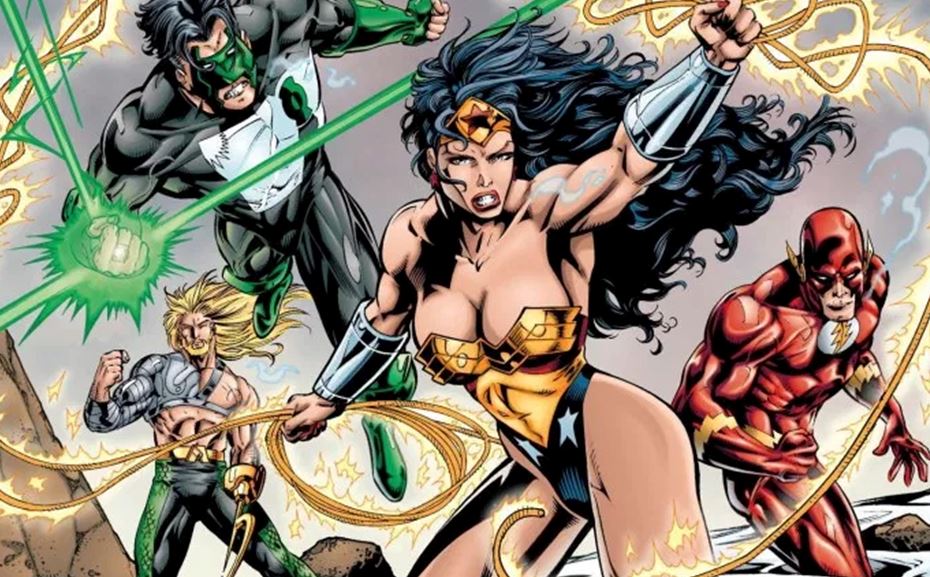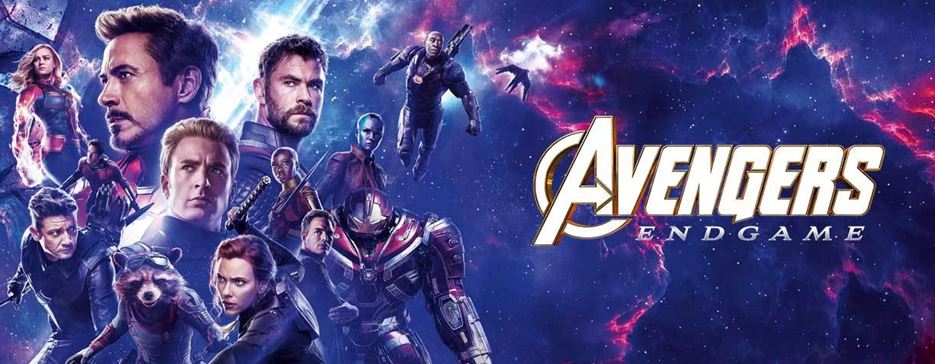
From the Silver Age to the Silver Screen – The Evolution of Comics Industry
The rise of the internet has dealt a crushing blow to print media in the last 15 years or so. But one particular section of that industry has managed to thrive – comic books. How did the world of superheroes manage to fight off the big evil that is IT? Like any compelling superhero yarn, this one too is filled with twists and turns, and a whole lot of history, or shall we say, back-story.
Pop culture belongs to the comics industry
If you have to talk about comics in 2019, it is hard not to begin the narrative with Marvel and the Avengers. The company is responsible for almost singlehandedly bringing the world of comic books and superheroes to a new generation of kids and adults in the last 10-15 years.
The Marvel universe of superheroes and villains now sprawl a multi-billion dollar business. Comics only constitute a part of this empire. Their movie franchise has dominated the box office in recent years, bringing in over 8 billion dollars worldwide!
The latest episode in this cinematic universe, the Avengers Endgame, has been breaking box office records for fun in all four major continents. Many are wondering if it will go on to become the biggest blockbuster in motion picture history! Comics have come a long way indeed.

Comics have been a game changer as they have morphed heroes to the silver screen
Even on TV, comics have broken the mold of animated series, and are dominating prime time slots. Across the major networks, there are at least ten different live-action series. The same trend is visible on major streaming platforms like Netflix, Hulu, and Amazon Prime as well.
But the original medium is dying slowly
It was essential for publishers of comics to make the jump from paper to the silver screen. Actual comic book sales have been seeing a consistent decline over the past couple of decades. There is no doubt that the rise of media technology has played a crucial role in this.
With the rise of TV, internet and streaming content, book reading as a hobby was dealt a mortal blow. Comics still managed to survive somewhat due to their visual appeal. But as they become more engaging and accessible on our screens, through movies, series, and video games, the original comics are losing their sheen.
Comic stores across the US are shutting down due to plummeting profits. Marvel still leads the market with a healthy share of total sales. But when you compare the numbers with those from the heady days of the 1960s and ‘70s you can see the stark decline – sales have dipped by as much as 80-90%.
But while that is bad news for offline comic books stores, the publishers themselves are not faring too badly. The big ones like Marvel and DC have diversified into TV and Hollywood. And the industry as a whole has made a successful leap into the digital word.
But online sales still account for less than 10% of the total revenues for the industry as a whole in the US. Unless the digital sales pick up to match the decline in print consumption, in the not too distant future, we comics will no longer remain in their original form of books and paperbacks.
The history of comic books through the ages
Fans and experts of the industry have identified four prominent ages or eras in the history of comics. We are currently in the fourth stage, popularly called the Modern Era. Before we identify the trends that changed comics in this era, let’s take a quick look at the other three eras.
The Golden Age (1935 – 1956)
To understand how this all came about we need to take a trip down memory lane, into the days before World War II. The 1930s was the decade when it all started – when the first ever caped crusaders and masked avengers made their presence felt on the popular stage.
It all began with the rise of Superman in the first ever edition of Action Comics. Soon Detective Comics (DC) came up with Batman and the All American Publications introduced a whole bunch that included Wonder Woman, Flash, and Green Lantern. This was the age of superheroes as they battled the evil of Nazis and other prominent villains of the era.
The Silver Age (1956 – 1970)
With the end of WWII, there was a shift in the world of comics. The superheroes made way to other genres, like Westerns horror, and mystery themes. Comics became more mainstream in this age, as a notable entertainment medium on its own.
Popular heroes like Spiderman and the Fantastic Four appeared in this era. This was also a time of great paranoia about comics, due to the increasing use of adult themes like violence and crime. People started questioning their impact on young children.
The Bronze Age (1970 -85)
By the time the industry hit the 1970s, comics were no longer the medium for kids alone. Now we had an entire generation of adults who had grown up reading these books and continued to do so into adulthood.
In this era, the popular heroes continued to evolve in their own storylines, but often with darker and more mature themes. New writers also started to have their impact, taking the comics in fresh new directions.
Modern Era (1985 to present)
There is no strict dividing line between the Bronze and Modern ages. One thing that happened was the increase in the importance of TV and animated series. This presented the first step in the shift from paper to the digital screens.
As for the content, comics continued to evolve for an adult audience, with even darker themes, and the rise of anti-heroes. Characters like the brooding Batman and foul-mouthed Deadpool started gaining huge fan followings in this era.
The Gamechanger – improved graphics
There had been numerous attempts in the past ages to cash in on the popularity of comic books by taking them to other media like TV shows and movies. But mainly due to the fantastic nature of the stories and their heroes, successful screen adaptations were few and far between. Just take a look at the old Marvel Avengers movies and you will understand.
Though Superman and Batman movies were successful in the past, they were never as big as the current crop of Hollywood superhero capers. It was the improvement in computer graphics and animation technologies in the early 2000s that kickstarted the spread of comics into other media beyond print.

New tech have taken comics to a new level
Movies of this era, like the X-Men Series, and the Dark Knight trilogy, benefited greatly from the improved special effects. The same benefit was also felt in the world of video games, where comics made a massive impact. Superhero adventurers like Batman and Spiderman have spawned successful series of action games.
Diversification and relentless marketing is key
With the release of each fresh superhero movie, merchandise and tie-ins flood the market, ranging from video games to toys, action figurines and more. Even the world of online gambling has witnessed this invasion. These days you can find comic book free spin slots from many mainstream casino vendors, often as part of high profile tie ins with the likes of DC and Marvel.
This is the strategy that has helped big names like DC and Marvel to thrive in an era when their traditional revenue streams have started to show signs of trouble. Smaller publishers are either migrating entirely to the digital sphere to stay in the green. Many new publishers have also started making their mark, using sites like Kickstarter to get funding.
We can expect this trend to continue for the foreseeable future. Print media might continue its inevitable decline, but the fascination we have for comics will probably never die out. The industry will just find new media to attract consumers. The mainstream success of Avengers and other comic-based movies show that there is still a very lucrative market for such stories. The publishers just need to adapt to new media to connect with their audience.
Recent Comments